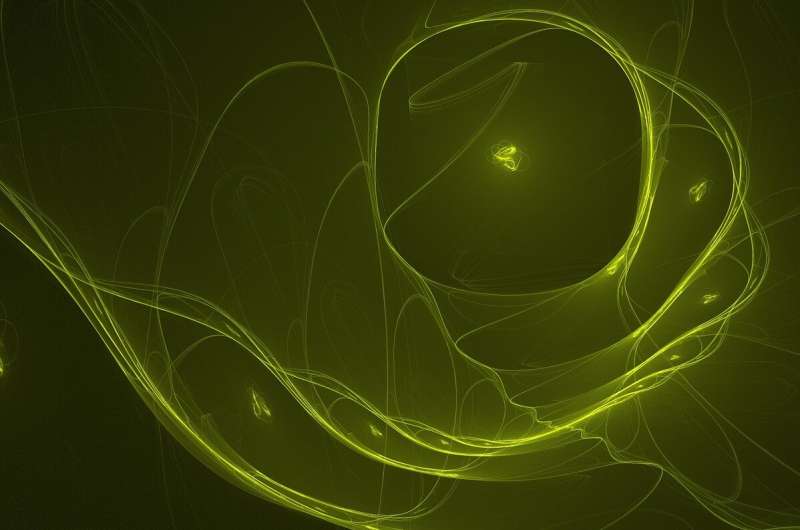Image source: Pixabay/CC0 Public Domain
One of the big mysteries about dark matter particles is whether they interact with each other. We still don’t know the exact nature of dark matter. Some models suggest that dark matter interacts solely through gravity, but many more suggest that dark matter particles can collide with each other, clump together, or even decay into particles we can see. If this is the case, then objects with particularly strong gravitational fields, such as black holes, neutron stars, and white dwarfs, may capture and accumulate dark matter. This in turn may affect how these objects are displayed.
As a case in point, one study looked at the interaction between dark matter and neutron stars.The research was published in arXiv Preprint server.
Neutron stars are made of the densest matter in the universe. Their powerful gravitational fields can trap dark matter, and unlike black holes, any radiation from dark matter is not trapped behind the event horizon. Therefore, neutron stars are perfect candidates for studying dark matter models. In this study, the team investigated how much dark matter a neutron star could capture and how the decay of interacting dark matter particles would affect the temperature of the neutron star.
The details depend on the specific dark matter model you use. Rather than looking at variant models, the team looked at broad attributes. Specifically, they focused on how dark matter and baryons (protons and neutrons) interact, and whether this could lead to dark matter being captured. Sure enough, for a range of possible baryon-dark matter interactions, neutron stars can capture dark matter.
The team then went on to study how dark matter thermalization occurs. In other words, when dark matter is captured, it should release thermal energy into the neutron star through collisions and dark matter annihilation. Over time, dark matter and neutron stars should reach thermal equilibrium.
The rate at which this occurs depends on the strength of the particle interactions, known as the scattering cross section. The team found that thermal equilibrium is reached fairly quickly. For a simple scalar model of dark matter, equilibrium can be reached in ten thousand years. For vector models of dark matter, equilibrium can occur in as little as a year. Regardless of the model, neutron stars can reach thermal equilibrium in the blink of an eye.
If this model is correct, then dark matter could play a measurable role in the evolution of neutron stars. For example, we can identify the presence of dark matter by observing neutron stars that are warmer than expected. Or even different dark matter models could be distinguished by looking at the overall spectrum of the neutron star.
More information:
Nicole F. Bell et al., Thermalization and Annihilation of Dark Matter in Neutron Stars, arXiv (2023). DOI: 10.48550/arxiv.2312.11892
Journal information:
arXiv
Provided by Universe Today
citation: Neutron stars may heat up due to dark matter annihilation (2024, April 15), Retrieved April 22, 2024, from https://phys.org/news/2024-04-neutron-stars-dark-annihilation.html
This document is protected by copyright. No part may be reproduced without written permission except in the interests of fair dealing for private study or research purposes. Content is for reference only.
#Neutron #stars #heat #due #annihilation #dark #matter
Image Source : phys.org
